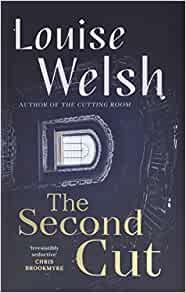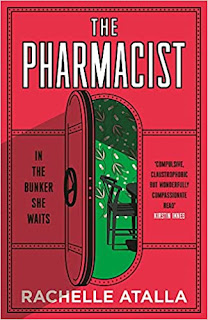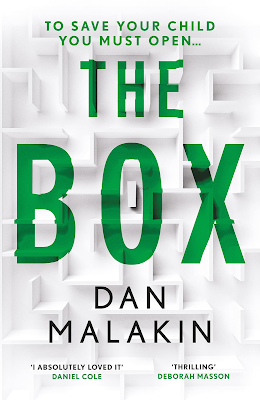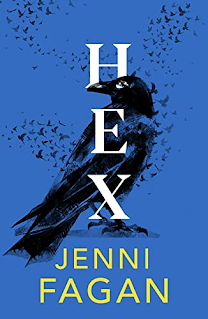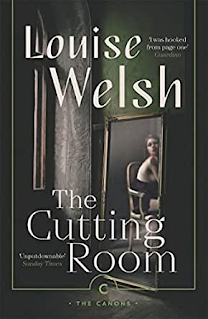Man at Sea is told in two time frames, in 1941 in Malta, with the citizens enduring a Nazi and Italian bombardment, and in 1961, when Stuart, a pilot shot down and badly burned in the war returns to settle business – of his own and of his travelling partner, Beth, the nurse who cared for him while his horrific burns were tended in the aftermath of the downing. This is a beautifully paced book where the action feels steady and unforced but where, all the same, we are drawn relentlessly to a satisfying climax.
What is most impressive about the book is the way that it gradually reveals the intimate relations of the protagonists, allowing a gentle love story to unfold, while at the same time generating the intrigue and excitement of a thriller. It’s something William Boyd does particularly well, and Sebastian Faulks. Liam Bell is clearly a gifted writer.
In the wartime passages we have eleven-year-old Joe Zarb, living with his nanna while his father is on active duty in the Royal Navy. Joe is a bright lad, but he has a vivid imagination and he is naïve. This is drawn out delightfully with a series of word definitions that begin each chapter. Joe’s papa, Victor, did this and Joe treasures the notebooks in which his father carefully transcribed new words. Naturally, Joe tries to do the same thing but his definitions are wittily skewed, such as:
Encrypt (verb): to hide information or important messages from enemy spies, using the locked room underneath the parish church.
At one point, the Zarbs receive a telegram and, although Joe doesn’t get to read it, he becomes convinced it brings news of his father’s death. When he searches his nanna’s room and finds it, he discovers that his father has remarried, to an English woman called Elizabeth Blanch. This feels almost like a mini-bereavement to Joe: will his father return or will he stay with his new wife? What will their relationship be? For Joe, eleven and too young to understand, the news is difficult to assimilate.
Meanwhile, the Sultanas, a family of refugees from Sliema, come to live with the Zarbs. In the second strand of the novel, set twenty years later, Joe has married the youngest of the Sultana children, Rosaria, little more than an infant in 1941.
The second strand focuses on Stuart Mallinson, the disfigured pilot. He agrees to accompany his former nurse Elizabeth (Beth) Blanch to Malta. It is Beth, of course, who married Joe’s father, and although Victor later died in service, she decides finally she wishes to see her stepson. Stuart, too, has his reasons for returning to Malta: he is convinced that the accident which downed his Hurricane was not what is seemed, but an act of sabotage, and he is determined to find and kill the perpetrator. Stuart, though, has strong feelings for Elizabeth, and the urge to love and the urge for revenge set up a duality in him that he struggles to resolve.
The story is told plainly, in
fine and unflowery prose, creating a dolorous mood which suits the plot and the
characters very well. It’s an impressively restrained novel, a hymn to resilience
and love.


